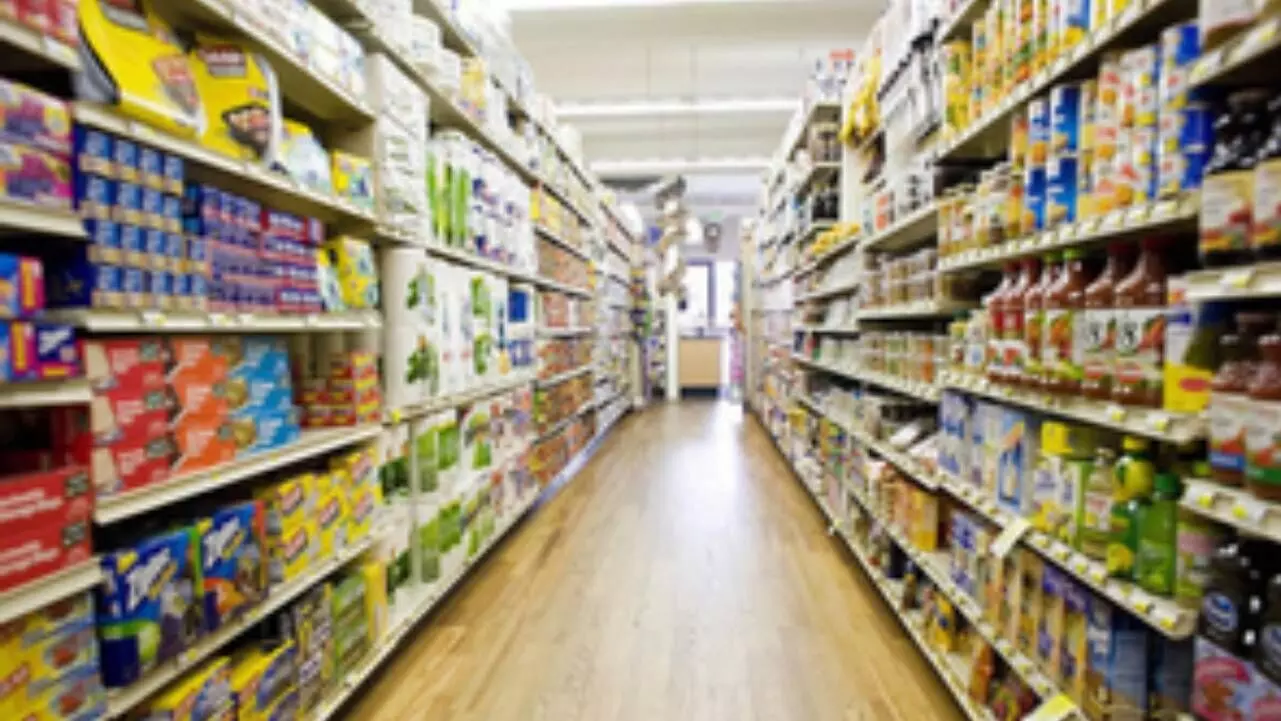Indian e-commerce market poised to reach $325 billion in 2030: Report
Driven by robust rural demand, Indian e-commerce market is expected to reach $325 billion in 2030, with a strong 21 per cent compound annual growth rate (CAGR), a report said on Monday
image for illustrative purpose

New Delhi, Oct 7: Driven by robust rural demand, Indian e-commerce market is expected to reach $325 billion in 2030, with a strong 21 per cent compound annual growth rate (CAGR), a report said on Monday.
The retail sector, which is valued at $753 billion in FY23, is projected to post a 9.1 per cent CAGR until FY27, the highest among the large economies, according to the FICCI-Deloitte report.
The findings showed that retailers are rapidly adapting to omnichannel strategies, employing tech-enabled experiential selling, and launching new private labels to cater to India’s price-sensitive yet aspirational consumers.
The expansion of retail networks in tier 2 and 3 cities is expected to contribute a significant portion of this growth, the report noted.
“Increased smartphone penetration, internet access and growing disposable incomes have fuelled this expansion. Quick commerce, which focuses on rapid delivery of essentials, has also disrupted traditional supply chains, reshaping consumption patterns,” mentioned the report which was launched at an event in the national capital.
The country is expected to be the world’s third-largest consumer market by 2030.
This growth is being fuelled by heightened competition from direct-to-consumer (D2C) brands, a rising focus on premiumisation, and innovative new product development tailored to the needs of young and middle-income consumers.
“Additionally, FMCG exports are on the rise, contributing significantly to foreign direct investment (FDI),” mentioned the report.
The growth has been made possible by a significant uptick in rural private consumption in the country, owing to the Pradhan Mantri Jan Dhan Yojana (PMJDY). Over 53 crore bank accounts have been opened, bringing millions of rural Indians into the formal financial system for the first time.
The government has also lauded the meteoric rise in credit-driven consumption in small cities and towns, calling it a “revolutionary shift.”
According to the central bank, household consumption is poised to grow faster as headline inflation eases “with a revival of rural demand already taking hold”.

